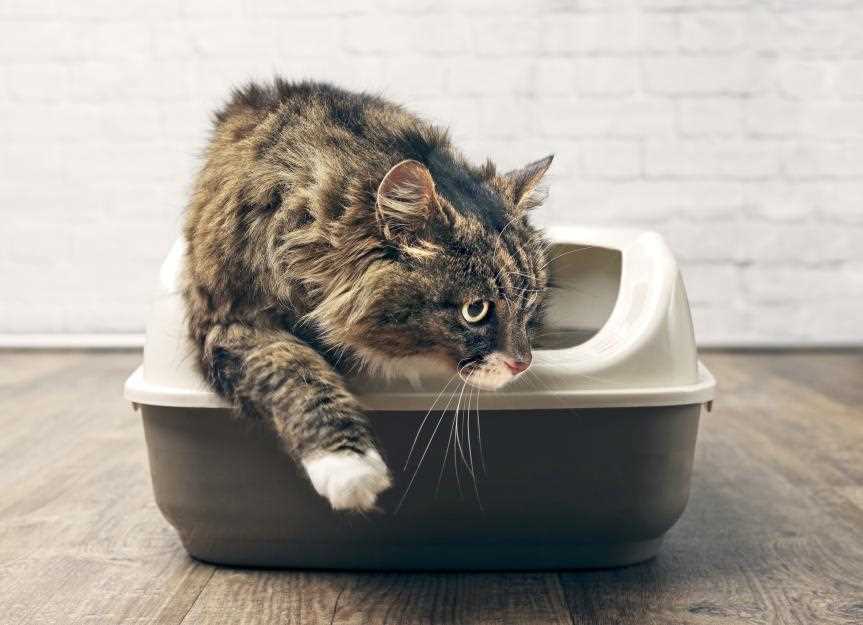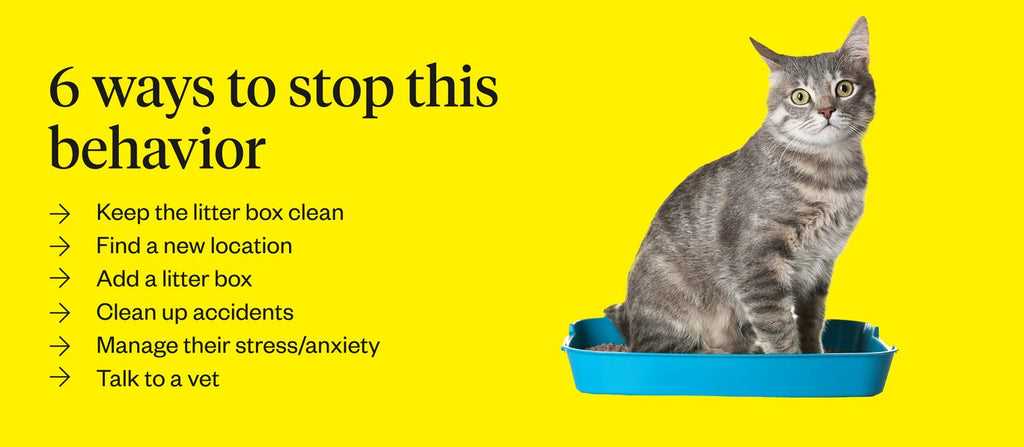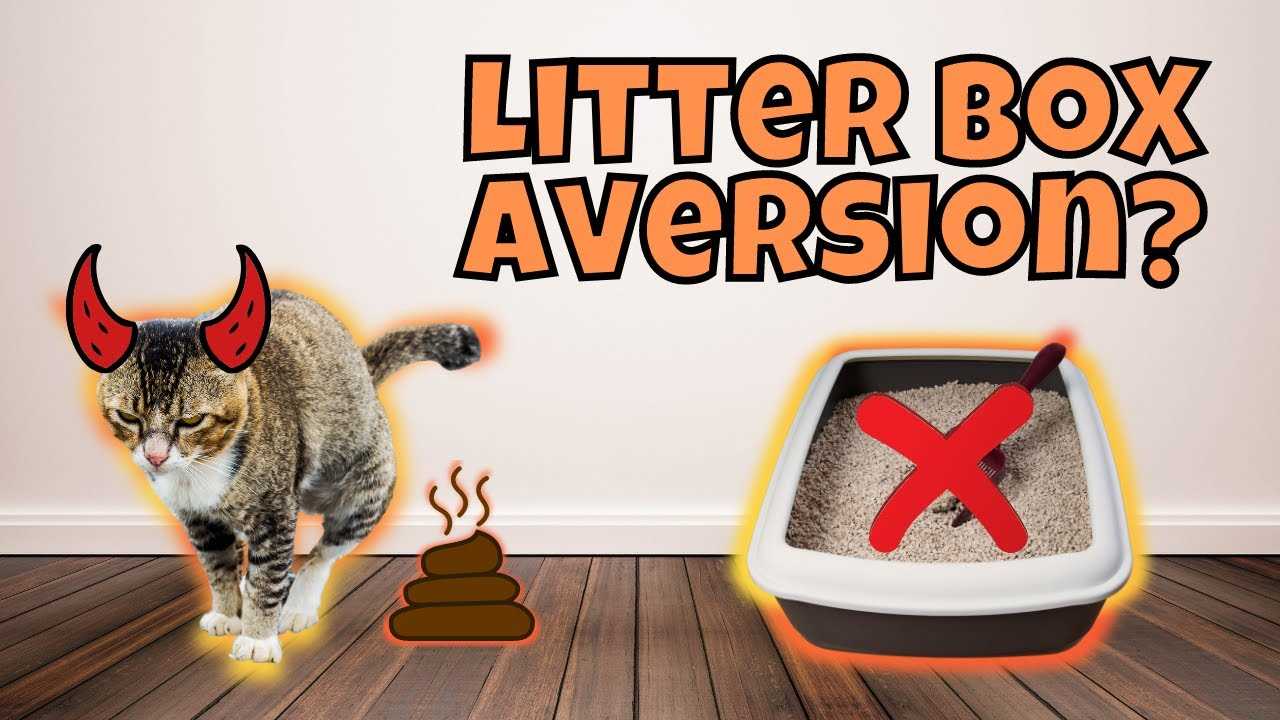If you find me leaving surprises in places other than my designated area, it might be time to check a few things. Stress can significantly impact my habits, so ensuring a calm environment is crucial. Consider introducing more quiet spaces in the home or minimizing loud noises that may cause anxiety.
Health issues are another reason for my behavior. Regular vet check-ups are essential to rule out any underlying medical concerns, such as infections or digestive problems. I appreciate my humans being attentive to any changes in my routine or health, as this can help catch any issues early.
The type of substrate I’m using also plays a role. Some surfaces are more comfortable than others. Experimenting with different textures or brands might encourage me to return to my usual spot. A clean area is a must; I prefer a fresh environment, so regular cleaning is important for my comfort.
Finally, territorial disputes can influence my choices. If there are multiple animals in the home, ensuring everyone has their own space can reduce stress and promote better habits. A little understanding goes a long way in keeping my bathroom routines in check.
Understanding Medical Issues Related to Litter Box Behavior

First, check for signs of urinary tract infections. Frequent trips to the bathroom or straining can indicate discomfort that may lead to avoidance of designated areas. Schedule a vet visit for a proper diagnosis and treatment.
If there’s blood in waste, it’s critical to consult a veterinarian immediately. This symptom can signal underlying health problems that require urgent attention.
Inadequate hydration may also lead to issues. Ensure access to fresh water and consider wet food options to maintain optimal hydration levels. Dehydration can cause various complications, including kidney problems.
Gastrointestinal disturbances can affect behavior. Watch for changes in diet or unusual eating patterns. If vomiting or diarrhea occurs, seek veterinary advice to address potential causes.
Age-related factors should not be overlooked. As I grow older, joint discomfort or mobility issues may play a role in reluctance to use specific areas. Providing easily accessible alternatives can help mitigate this.
Behavioral changes can also stem from stress or anxiety. Alterations in the household, introduction of new pets, or changes in routine can influence comfort levels. Creating a calm environment may assist in alleviating these issues.
Finally, regular veterinary check-ups are vital. They help monitor health and catch issues early on. Keeping track of any behavioral changes is essential in identifying potential medical problems.
Assessing Environmental Factors that Influence Litter Box Use

Ensure the location of the potty area is quiet and away from high-traffic zones. A secluded spot helps me feel secure while doing my business. If I sense disturbances, it might lead to avoidance.
Consider the type of substrate used in the tray. Some prefer fine-grained materials, while others may like coarser textures. Experiment with different options; it can make a difference in comfort levels.
Maintain cleanliness. A dirty tray is a major turn-off. Regular cleaning and replacing the substrate are critical. I appreciate a fresh environment, and if it isn’t clean, I might seek alternatives.
Assess the number of trays available. A good rule of thumb is to have one more than the number of felines in the household. This reduces competition and potential stress during bathroom breaks.
Temperature and Accessibility

Temperature plays a role as well. I prefer a warm area and might avoid colder spots. Ensure the potty isn’t in a chilly basement or a drafty area. Accessibility is also important; I need to reach it easily, especially if I have mobility issues.
Social Dynamics

Observe interactions among pets. Tension or aggression can deter me from using the designated area. If there’s conflict, consider separating the pets or providing additional trays to alleviate stress.
Lastly, nutritional choices affect behavior. A balanced diet keeps my system regular. If you’re curious about feeding options, check this link: can i feed my cat only dry food.
Behavioral Training Techniques to Encourage Litter Use
Start by placing multiple containers in various locations throughout the home. This increases accessibility and helps establish a routine. Ensure that each receptacle is clean and filled with a substrate that appeals to preference; some prefer clumping, while others favor non-clumping materials.
Incorporate positive reinforcement. Each time I use the designated area correctly, I receive praise and a treat. This creates a connection between the action and a reward, making it more likely to be repeated. Timing is key–reward immediately after the desired behavior.
Gradually introduce changes. If my setup is altered, such as a new type of substrate or a different container, allow time for adjustment. Sudden changes can lead to confusion and reluctance to engage with the new environment.
Monitor stress levels. High anxiety can affect habits. Create a calm atmosphere with soothing sounds or playtime. If needed, consider pheromone diffusers that promote relaxation.
Engage in interactive play. Regular activities help reduce stress and create a positive association with the environment. Use toys that stimulate hunting instincts, encouraging a more relaxed state overall.
Lastly, check for any hazards in the area. Ensure there are no barriers that hinder access and that the space is quiet and private. If curious about plant safety, you might want to learn if are zinnias safe for cats, as some plants can be toxic and create anxiety.
If you find me leaving surprises in places other than my designated area, it might be time to check a few things. Stress can significantly impact my habits, so ensuring a calm environment is crucial. Consider introducing more quiet spaces in the home or minimizing loud noises that may cause anxiety.
Health issues are another reason for my behavior. Regular vet check-ups are essential to rule out any underlying medical concerns, such as infections or digestive problems. I appreciate my humans being attentive to any changes in my routine or health, as this can help catch any issues early.
The type of substrate I’m using also plays a role. Some surfaces are more comfortable than others. Experimenting with different textures or brands might encourage me to return to my usual spot. A clean area is a must; I prefer a fresh environment, so regular cleaning is important for my comfort.
Finally, territorial disputes can influence my choices. If there are multiple animals in the home, ensuring everyone has their own space can reduce stress and promote better habits. A little understanding goes a long way in keeping my bathroom routines in check.
Understanding Medical Issues Related to Litter Box Behavior

First, check for signs of urinary tract infections. Frequent trips to the bathroom or straining can indicate discomfort that may lead to avoidance of designated areas. Schedule a vet visit for a proper diagnosis and treatment.
If there’s blood in waste, it’s critical to consult a veterinarian immediately. This symptom can signal underlying health problems that require urgent attention.
Inadequate hydration may also lead to issues. Ensure access to fresh water and consider wet food options to maintain optimal hydration levels. Dehydration can cause various complications, including kidney problems.
Gastrointestinal disturbances can affect behavior. Watch for changes in diet or unusual eating patterns. If vomiting or diarrhea occurs, seek veterinary advice to address potential causes.
Age-related factors should not be overlooked. As I grow older, joint discomfort or mobility issues may play a role in reluctance to use specific areas. Providing easily accessible alternatives can help mitigate this.
Behavioral changes can also stem from stress or anxiety. Alterations in the household, introduction of new pets, or changes in routine can influence comfort levels. Creating a calm environment may assist in alleviating these issues.
Finally, regular veterinary check-ups are vital. They help monitor health and catch issues early on. Keeping track of any behavioral changes is essential in identifying potential medical problems.
Assessing Environmental Factors that Influence Litter Box Use

Ensure the location of the potty area is quiet and away from high-traffic zones. A secluded spot helps me feel secure while doing my business. If I sense disturbances, it might lead to avoidance.
Consider the type of substrate used in the tray. Some prefer fine-grained materials, while others may like coarser textures. Experiment with different options; it can make a difference in comfort levels.
Maintain cleanliness. A dirty tray is a major turn-off. Regular cleaning and replacing the substrate are critical. I appreciate a fresh environment, and if it isn’t clean, I might seek alternatives.
Assess the number of trays available. A good rule of thumb is to have one more than the number of felines in the household. This reduces competition and potential stress during bathroom breaks.
Temperature and Accessibility

Temperature plays a role as well. I prefer a warm area and might avoid colder spots. Ensure the potty isn’t in a chilly basement or a drafty area. Accessibility is also important; I need to reach it easily, especially if I have mobility issues.
Social Dynamics

Observe interactions among pets. Tension or aggression can deter me from using the designated area. If there’s conflict, consider separating the pets or providing additional trays to alleviate stress.
Lastly, nutritional choices affect behavior. A balanced diet keeps my system regular. If you’re curious about feeding options, check this link: can i feed my cat only dry food.
Behavioral Training Techniques to Encourage Litter Use
Start by placing multiple containers in various locations throughout the home. This increases accessibility and helps establish a routine. Ensure that each receptacle is clean and filled with a substrate that appeals to preference; some prefer clumping, while others favor non-clumping materials.
Incorporate positive reinforcement. Each time I use the designated area correctly, I receive praise and a treat. This creates a connection between the action and a reward, making it more likely to be repeated. Timing is key–reward immediately after the desired behavior.
Gradually introduce changes. If my setup is altered, such as a new type of substrate or a different container, allow time for adjustment. Sudden changes can lead to confusion and reluctance to engage with the new environment.
Monitor stress levels. High anxiety can affect habits. Create a calm atmosphere with soothing sounds or playtime. If needed, consider pheromone diffusers that promote relaxation.
Engage in interactive play. Regular activities help reduce stress and create a positive association with the environment. Use toys that stimulate hunting instincts, encouraging a more relaxed state overall.
Lastly, check for any hazards in the area. Ensure there are no barriers that hinder access and that the space is quiet and private. If curious about plant safety, you might want to learn if are zinnias safe for cats, as some plants can be toxic and create anxiety.
If you find me leaving surprises in places other than my designated area, it might be time to check a few things. Stress can significantly impact my habits, so ensuring a calm environment is crucial. Consider introducing more quiet spaces in the home or minimizing loud noises that may cause anxiety.
Health issues are another reason for my behavior. Regular vet check-ups are essential to rule out any underlying medical concerns, such as infections or digestive problems. I appreciate my humans being attentive to any changes in my routine or health, as this can help catch any issues early.
The type of substrate I’m using also plays a role. Some surfaces are more comfortable than others. Experimenting with different textures or brands might encourage me to return to my usual spot. A clean area is a must; I prefer a fresh environment, so regular cleaning is important for my comfort.
Finally, territorial disputes can influence my choices. If there are multiple animals in the home, ensuring everyone has their own space can reduce stress and promote better habits. A little understanding goes a long way in keeping my bathroom routines in check.
Understanding Medical Issues Related to Litter Box Behavior

First, check for signs of urinary tract infections. Frequent trips to the bathroom or straining can indicate discomfort that may lead to avoidance of designated areas. Schedule a vet visit for a proper diagnosis and treatment.
If there’s blood in waste, it’s critical to consult a veterinarian immediately. This symptom can signal underlying health problems that require urgent attention.
Inadequate hydration may also lead to issues. Ensure access to fresh water and consider wet food options to maintain optimal hydration levels. Dehydration can cause various complications, including kidney problems.
Gastrointestinal disturbances can affect behavior. Watch for changes in diet or unusual eating patterns. If vomiting or diarrhea occurs, seek veterinary advice to address potential causes.
Age-related factors should not be overlooked. As I grow older, joint discomfort or mobility issues may play a role in reluctance to use specific areas. Providing easily accessible alternatives can help mitigate this.
Behavioral changes can also stem from stress or anxiety. Alterations in the household, introduction of new pets, or changes in routine can influence comfort levels. Creating a calm environment may assist in alleviating these issues.
Finally, regular veterinary check-ups are vital. They help monitor health and catch issues early on. Keeping track of any behavioral changes is essential in identifying potential medical problems.
Assessing Environmental Factors that Influence Litter Box Use

Ensure the location of the potty area is quiet and away from high-traffic zones. A secluded spot helps me feel secure while doing my business. If I sense disturbances, it might lead to avoidance.
Consider the type of substrate used in the tray. Some prefer fine-grained materials, while others may like coarser textures. Experiment with different options; it can make a difference in comfort levels.
Maintain cleanliness. A dirty tray is a major turn-off. Regular cleaning and replacing the substrate are critical. I appreciate a fresh environment, and if it isn’t clean, I might seek alternatives.
Assess the number of trays available. A good rule of thumb is to have one more than the number of felines in the household. This reduces competition and potential stress during bathroom breaks.
Temperature and Accessibility

Temperature plays a role as well. I prefer a warm area and might avoid colder spots. Ensure the potty isn’t in a chilly basement or a drafty area. Accessibility is also important; I need to reach it easily, especially if I have mobility issues.
Social Dynamics

Observe interactions among pets. Tension or aggression can deter me from using the designated area. If there’s conflict, consider separating the pets or providing additional trays to alleviate stress.
Lastly, nutritional choices affect behavior. A balanced diet keeps my system regular. If you’re curious about feeding options, check this link: can i feed my cat only dry food.
Behavioral Training Techniques to Encourage Litter Use
Start by placing multiple containers in various locations throughout the home. This increases accessibility and helps establish a routine. Ensure that each receptacle is clean and filled with a substrate that appeals to preference; some prefer clumping, while others favor non-clumping materials.
Incorporate positive reinforcement. Each time I use the designated area correctly, I receive praise and a treat. This creates a connection between the action and a reward, making it more likely to be repeated. Timing is key–reward immediately after the desired behavior.
Gradually introduce changes. If my setup is altered, such as a new type of substrate or a different container, allow time for adjustment. Sudden changes can lead to confusion and reluctance to engage with the new environment.
Monitor stress levels. High anxiety can affect habits. Create a calm atmosphere with soothing sounds or playtime. If needed, consider pheromone diffusers that promote relaxation.
Engage in interactive play. Regular activities help reduce stress and create a positive association with the environment. Use toys that stimulate hunting instincts, encouraging a more relaxed state overall.
Lastly, check for any hazards in the area. Ensure there are no barriers that hinder access and that the space is quiet and private. If curious about plant safety, you might want to learn if are zinnias safe for cats, as some plants can be toxic and create anxiety.







